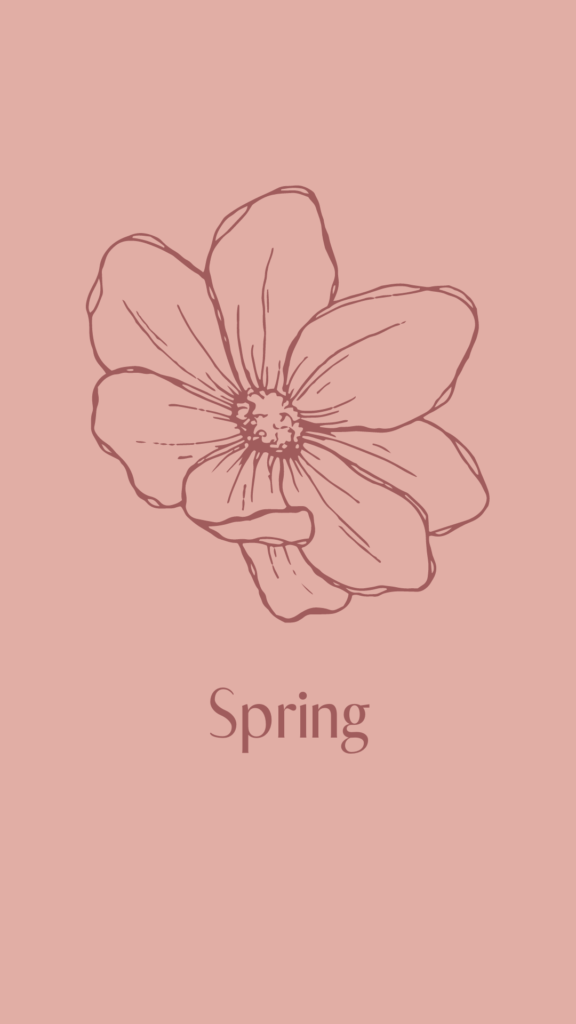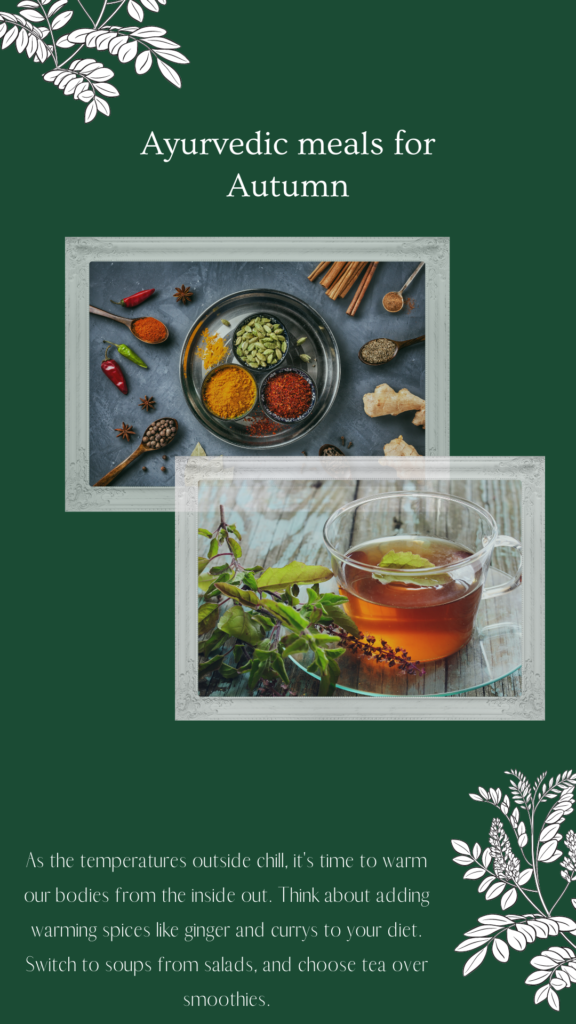History of Ayurveda
Ayurveda treatment starts with an internal purification process, followed by a special diet, herbal remedies, massage therapy, yoga, and meditation."(Johns Hopkins Medicine)
“Ayurveda, a natural system of medicine, originated in India more than 3,000 years ago. The term Ayurveda is derived from the Sanskrit words ayur (life) and veda (science or knowledge). Thus, Ayurveda translates to knowledge of life. Based on the idea that disease is due to an imbalance or stress in a person’s consciousness, Ayurveda encourages certain lifestyle interventions and natural therapies to regain a balance between the body, mind, spirit, and the environment.
Ayurveda treatment starts with an internal purification process, followed by a special diet, herbal remedies, massage therapy, yoga, and meditation.”(Johns Hopkins Medicine)

Understanding the Doshas
Ayurvedic medicine is based on the idea that the world is made up of five elements — aakash (space), jala (water), prithvi (earth), teja (fire), and vayu (air). In Ayurveda, there are three principal life force energies: Kapha, Pitta, and Vata. It is believed that each dosha, is made up of a combination of these 5 elements, and usually one of those elements stands out more than the rest.
For example: Kapha is known to be earth and water. People associated with this dosha tend to be strong, stable, yet also slow moving (think of a glacier of ice). They tend to also be thick boned, and can have a hard time managing weight. Kapha’s energy tends to be sluggish, so a healthy diet with a focus on movement is suggested.
Vata energy is more air and ether based and is known to be more cold, high energy, and naturally slim. Think of this dosha as your friend who is always on the go, is super creative and a bit of a busy body that moves so much they almost never put on weight. Because of their fast moving, cold bodies, Vata’s tend to have poor circulation, and can be prone to digestion issues as well.
Pitta energy tends to be more fire and water as far as the elements go. Pittas tend to run hot, and are more of an athletic build. Pittas can be quite competitive, but can be prone to mood swings, especially when hangry. Their hot bodied nature can make them prone to inflamation and irritated skin. Cool foods are best for Pittas, and hot or spicy foods should be avoided.
Each season as the weather changes, days get shorter or longer, activities pivot either inside or out, it’s important to change up the rituals we practice as part of our spiritual lifestyle as well. Each dosha represents a season. It is important to make these transitions as a way to support our bodies according to the elements represented by the dosha as well.
Spring is Kapha season, and for many it’s a time to slowly transition out of the warm, hibernative elements. Think of the earth and water elements of Kapha slowly melting from icy winter, to rainy, vibrant spring.
Summer’s hot temps are very similar to Pitta energy. Long hot days are good for Pitta’s athletic build and competitive energy, but cool foods such as salads, smoothie bowls, and fresh fruits and veggies of the season are necessary to drop the body’s temperature from the inside out.
Autumn’s cool, crips days are reminicant of Vata energy. As the leaves fall with the temperatures, it’s important to transition from cool summer treats, to soothing warm soups and teas.
Winter’s cold, slow days usher in kapha season, which also give way to spring. Warm, bitter foods with anti-inflamatory properties like tumeric are favored during this time.




From salad to soup, an Ayurvedic meal swap
Moving from Summer to Autumn, it’s time to take a page from Ayurvedic practitioners, and transition our diet and bath rituals as well.
According to Ayurveda, a vata dominant person should follow a regular daily routine of managing stress through meditation, maintaining a warm body temperature by avoiding cold weather, and consuming warm foods and drinks.
Sitting in ceremony with cacao or golden milk lattes under a warm fuzzy blanket is the perfect start to an Autumn’s morning. Enjoying the bounty of your local farmers market’s early winter produce at lunchtime with some roasted butternut squash soup followed by afternoon yoga. Autumn evenings get chilly. Vegetable Curries over organic brown rice can warm the body from the inside.
End the day with a cup of warm nut milk with nutmeg and ginger for spice, and honey or boiled date syrup for sweetness. The perfect end to a gorgeous Autumn day.
For my favorite butternut squash soup recipe, please enjoy this version from FoodMatters.

Warm up with these body care rituals

Vata-dominant people tend to be prone to poor cirulation and digestive issues. During Autumn when Vata energy is more dominant as well, it’s always nice to practice a little extra self care.
To help improve circulation, self massage with warm sesame oil can do the trick. Doing so daily can also aid in detoxification. This massage moisturizes the skin, and helps to move lymphatic fluid through as well.
To perform the massage, first warm some sesame oil and start first by massaging the soles of your feet in an upward motion. Continue long, soothing, superficial strokes (aka effleurage) up the legs towards the groin, then to the torso. When massaging the belly, always go in a clockwise direction. Massage the arms from the tips of the fingers towards the armpits to help drain toxins and extra fluid from the lymph nodes. Finish with the chest, and neck, then leave the oil on for 10-15 minutes before rinsing off. The oil may be nourishing, but it also aided in detoxification, so it’s important to rinse the body.
Warming Foot Soaks are great for tired feet. There are also pressure points, or reflexes, in the feet that directly correlate with other parts of the body. Taking care of your feet, is like taking care of those parts too! Add in detoxification as an extra benefit to foot care and you have the perfect ayurvedic trifecta!
To start, stir 1-2 tablespoons of dry ginger in to a large bowl of warm water. soak your feet for about 5 minutes. While soaking, do some cleansing breaths and a short meditation, calming the mind and body. Stillness for Vata’s helps to replenish their energy. Finish the soak by gently drying the feet and performing a light foot massage.

